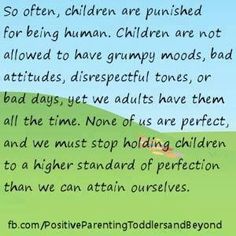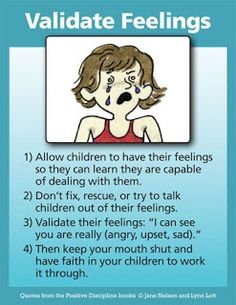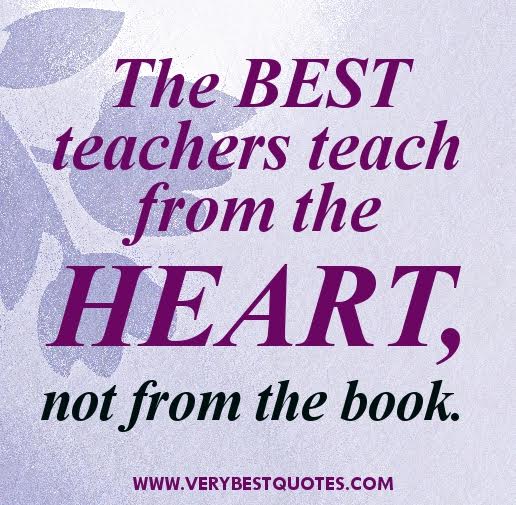“Why is My Child Acting Out?” Often There is a Reason Why
By Jill Telford and Berna Artis
As a teacher, sister and aunt I learned a lot about and from children. I am one of three sisters and an aunt to nine nieces, nephews and grew up with one of my nieces pretty much as sisters. I watched how she grew from a baby soon to be college freshman. Time goes by and waits for no one. I am reminded of this everyday especially working with children.

What I love the most about guiding children is that each and every single child has their own individual personality and most often, I wonder who and how they will be when they grow up. Often, I look around at adults as well and think “wow how incredible to be surrounded by such unique personalities”. We are all very different. Everyone of us has something to offer each other when we listen. Most of all, I believe that we all want what’s best for our children, there is no doubt in my mind about that. Families do what they can with what they have and what they know. No one wants to be in the middle of a tantrum or a very bad day. However, there will always be bad days. We will find ourselves right in the middle of it when times get a little ugly. These are the moments that make or break us as we guide children’s behaviors. We all make mistakes but it’s the ability to reflect and learn from them to see how we can best support and care for our kids. Making mistakes is okay. Let’s also not forget about supporting and caring for each other while being in the middle of it.
 I vividly remember my niece and how she did not want to put her seatbelt on to many of my requests and furrowed eyebrow looks in the rear view mirror and she literally crawled behind the seat and protested while I was driving. I pulled the car over to the side of the road and parked it. I said, “We had an agreement that you’d wear it if you went on this drive to the store.” Then I asked, “Why don’t you like wearing a seatbelt?” She said, “I don’t like how it feels against my neck.” “Ok, no problem there is a way to wear it where you won’t feel it”, then I showed her a trick and how to put it behind her back. We always struggled with this and finally by asking the right question we solved it together. There is almost always a reason for a behavior. One guidance technique may not work for every child. It’s really about being attuned and listening to a child to get down to the bottom of it. It’s not easy.
I vividly remember my niece and how she did not want to put her seatbelt on to many of my requests and furrowed eyebrow looks in the rear view mirror and she literally crawled behind the seat and protested while I was driving. I pulled the car over to the side of the road and parked it. I said, “We had an agreement that you’d wear it if you went on this drive to the store.” Then I asked, “Why don’t you like wearing a seatbelt?” She said, “I don’t like how it feels against my neck.” “Ok, no problem there is a way to wear it where you won’t feel it”, then I showed her a trick and how to put it behind her back. We always struggled with this and finally by asking the right question we solved it together. There is almost always a reason for a behavior. One guidance technique may not work for every child. It’s really about being attuned and listening to a child to get down to the bottom of it. It’s not easy.

Like us, children want to be respected, nurtured, cared for and treated kindly. How do we teach that when we are pushed to the limits? I admire families with children, hectic work and school schedules. I don’t know how they do it honestly. Families are a child’s first and most important teacher. To me, families are like super heroes. I think if I had to go home to children or pick them up from school, how would I respond and act with them after a complete full day of work? Would they still have a good part of me? Would they ever see me at my worst? Would I ever make them feel like they were last? Would I show them the same kind of care and understanding as I show others? Would they have my undivided attention? Would I listen? Would I be there? All I know is that we at times are our own worst critics. In classrooms full of children with all different needs often I am at their eye level talking and working problems out. We solve one problem at a time the best way we know how. Most times, I ask children how they can solve it. And, often I find research, articles talking about strategies of how to talk and guide children because just because one strategy worked for one child it may not work for the next.

I had a child who pushed me to my limits and made me start praying. Everyday, I said a little prayer in hopes that Johnny would be gentle and not hurt anyone that day. The child was one of my most challenging students. Nothing seemed to work. Each day was a challenge. However, I did not give up on Johnny. We observed and you know when clouds drift away, rain stops and blue skies come: that’s exactly how I felt when the child stopped hitting after many months of reading, “Hands are Not for Hitting”, modeling gentle touches, talking about how it hurts, checking in on the children who were hurt, catching the child being gentle, and literally guiding the child each and everyday not to mention talking with the family about how we are working on and how the child is not bad just has challenging behavior. Giving the family strategies and advice all the while taking theirs of what is working. Working tirelessly so the child was not labeled as “bad”. Positive guidance works. It may not happen as fast as we’d like and yes it may be very difficult but the results are worth it. If we yell, if we hit and we are grown ups what are we teaching? That is confusing to a child.
As a classroom teacher, one of the biggest things I learned that is if you whisper, children will listen. Most of all when you care the rest handles itself.

Like Jill, I come from a big family. We love children. We are very emotional and touchy feely people. This is not unique to my family of course but I realized especially educators who work with children side by side are generally emotional people. Why? Because it is not possible for a person not to be emotional when there is passion inside.
I often hear parents and other family members and unfortunately teachers stating “tough love is all children need to grow and become responsible individuals”. “Too much love will spoil them, I don’t baby my kid. They need discipline”. Agreed, they need discipline. But what is discipline?

Taking a way a child’s belongings? Keeping him in the classroom during recess? Kicking him out of the classroom? Sending him to the office? Taking away his points or giving a bad grade? Putting him in the corner for time out? Yelling at him in front of the whole classroom? Telling him: “you are being a bad kid” ? None of the above. Not until you try everything. Not until you try to build a connection and a relationship. Not until you understand what the underlying cause is for the behavior. Not until reaching out to the family asking for their help. Not until looking into his or her eyes and asking why and what. Not until giving choices and guiding him to make better choices. One size does not fit all.
Sadly I see these things too often in schools. Here we are in 2016. 21st century, right? Information age. Technology age. Family styles are different. Parenting techniques and expectations are different. We read and we know more. There is a ton of contemporary and progressive techniques. Why does all this knowledge stay in the books or in between shuffled files? Why do we talk the talk but not walk the walk? We all communicate constantly. More than half the time, not face to face but screen to screen and in the moment when things are happening. We are connected more than ever before. Why not take the time and approach the bad behavior, not the “bad child or student”. A teacher’s role is not only to teach academics. Most teachers forget this and all they focus on is: “I need to teach the lesson, scores need to go up”.

How about “Let me learn more about positive guidance or positive discipline. Let me talk to the family and see if there is anything I can do. Let me ask other colleagues and see what they would do if they were in my shoes. Let me ask this student why he is the way he is. Is he bored? Does he need attention? Does he need to be challenged more? Does he feel scared or frightened of something or someone.” How about we replace all the “punishment” hidden under discipline or (my favorite) consequence? Why not calling it what it is? It is punishment. A consequence is for the child to know what his options are and teaching him how to make good choices. In the event the choice is not good, then there is a consequence. For example, “If you do not finish writing down your homework, you will not be able to go out for an extra 5 minutes before we are released” or ” If you want to watch a cartoon, you will not be able to play scrabble because we do not have that much time and you need to go to bed on time”. The chid still has control over his actions and is aware of the consequences either way.

As long as there is mutual respect and hands stretched out to help children who are eager to learn. If they knew how to behave, they would not be minors. Especially, in a world where adults have a lot to learn, just try. Understanding and caring goes a long way and can create wonders. Even with the most challenging child. We all make a difference in the world. One child, one student, one person at a time. 







